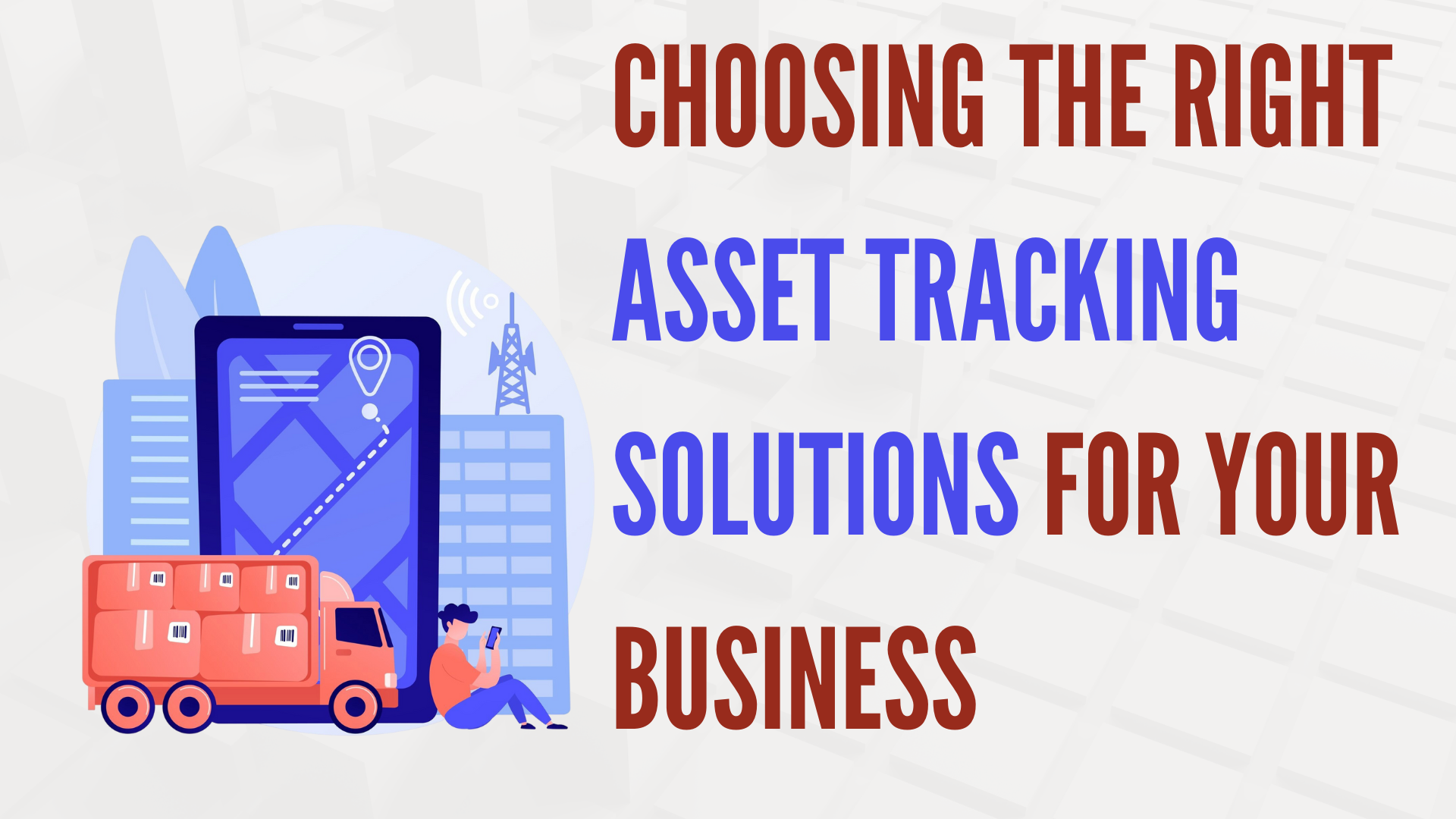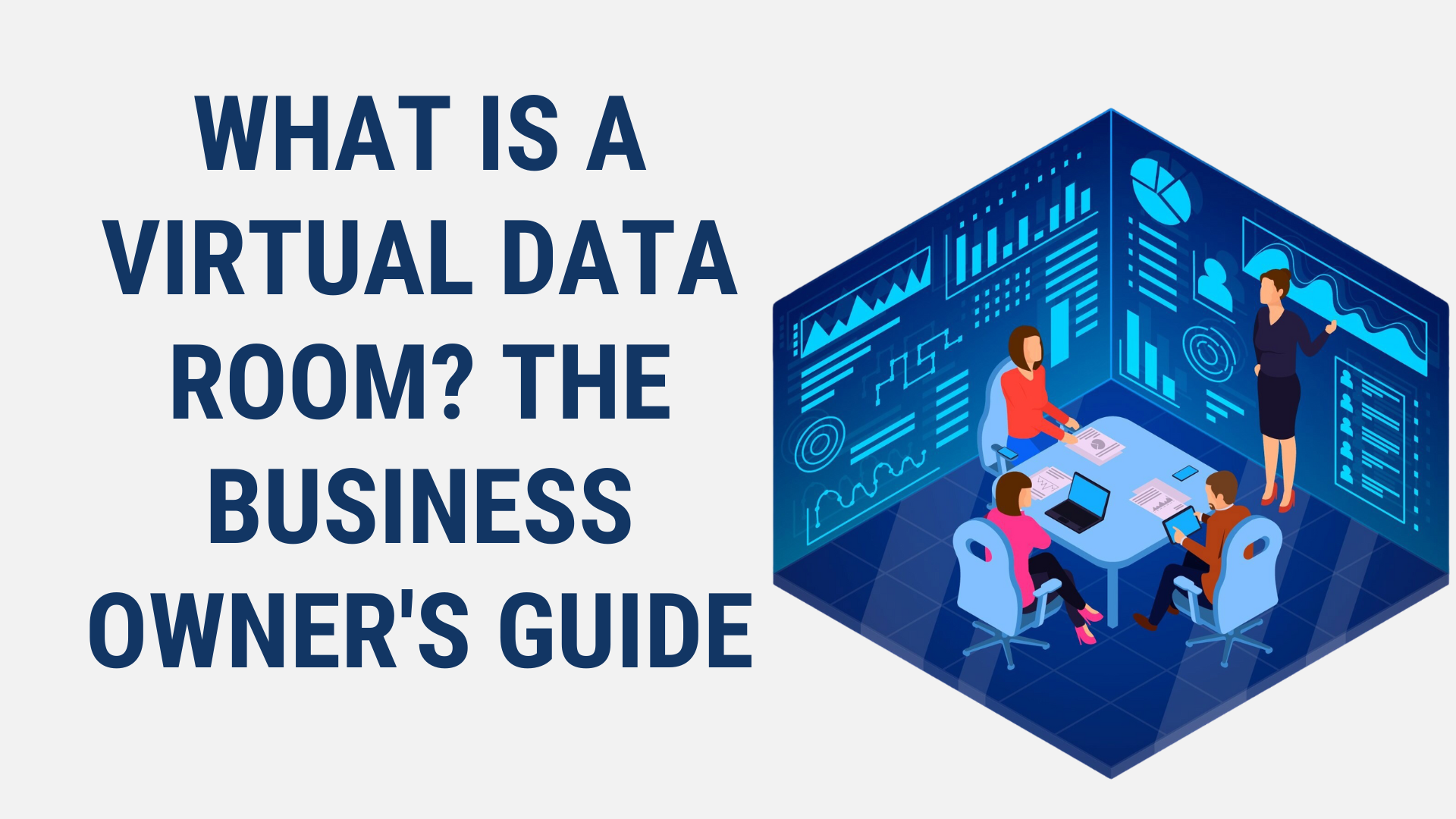Effective asset management has become vital in the present-day business environment. Organizations must monitor their equipment, inventory, and other resources. Saving time and money often comes down to knowing these assets’ location, status, and condition.
Asset tracking solutions can help businesses improve operational efficiency. This article will help businesses identify the key considerations for selecting the right asset tracking system.
Understanding Asset Tracking
Asset tracking involves using technology to monitor physical items. Assets can range from automobiles and machines to office supplies and tools. Tracking systems can help businesses mitigate losses, streamline maintenance schedules, and optimize the allocation of resources. Different types of technologies can be used to track assets. These include barcodes, Radio Frequency Identification (RFID), and Global Positioning System (GPS).
Types of Asset Tracking Technologies
Different technologies offer unique benefits. For instance, barcodes are cheap and easy to implement. They need to be scanned with a line of sight, which can be a limitation in some environments. Unlike barcodes, RFID does not require a direct line of sight to be scanned. This might be especially helpful in large warehouses or when more items are being tracked. GPS is essential for tracking vehicles or mobile assets and provides you with real-time data regarding the location of the asset.
Evaluating Business Needs
Businesses must understand their needs before choosing a solution. Think about what kinds of assets you need to track and the level of detail necessary for your needs. For instance, the heavy machinery used by a construction company may be tracked based on its location. However, a retail business might be more concerned with inventory. The choice of technology and features will depend on these needs.
Scalability and Flexibility
A business’s needs regarding assets evolve as its size grows. You need a system that is scalable with the organization and can be adjusted and expanded according to growth without major disruption. The ability to integrate with existing systems can also bring about optimized operations at a lower cost of implementation.
User-Friendly Interfaces
An intuitive user interface matters when it comes to tracking your assets. It should take little or no training for employees to be able to use the system. An intuitive design can help the staff get used to the system in no time. It helps save time and reduces the risk of errors. Seek systems that provide responsive customer support and have an intuitive UI.
Data Security and Privacy
Safeguarding sensitive information is among the biggest challenges for any business. The data security of an asset tracking system should meet industry standards and offer encryption and secure access controls. When data is protected from unauthorized hands, it protects the company and its clients.
Cost Considerations
Cost does play a significant role when selecting an asset tracing solution, but it shouldn't be the only consideration. Going with the cheapest option may result in you missing out on important features or incurring hidden costs. Assess the total cost of ownership from procurement to upkeep. Another thing to consider is the return on investment. A more costly system may allow you to save more over the life of the system with precision in efficiency and loss.
Vendor Reputation and Support
Selecting a trustworthy vendor is essential. Look for feedback from their clients in reviews and, when possible, get recommendations. An established vendor provides solid support and maintenance. These include timely updates and troubleshooting. Reliable support ensures the system functions and runs as it should without breaking down and hindering the normal flow of operations.
Customizability
All businesses have distinct processes and demands. A customizable asset tracking solution can be modified to meet particular requirements. It can include things like tweaking feature sets or integrating with other tools used at the organization. Because the business is always changing, the added flexibility that comes from building a customized system can increase the effectiveness and relevance of the asset tracking solution as it is aligned with meeting business objectives.
Conclusion
Choosing an appropriate asset tracking solution is a strategic decision that can immensely influence a business's efficiency and productivity. With an awareness of the technologies available today and a clear assessment of their wants and goals, businesses can select wisely. After assessing its scalability, ease of use, security, and pricing, you can identify the ideal system that meets your business’s needs. Using an asset tracking solution can help companies improve their operations and offer a competitive advantage.
















Post Comments